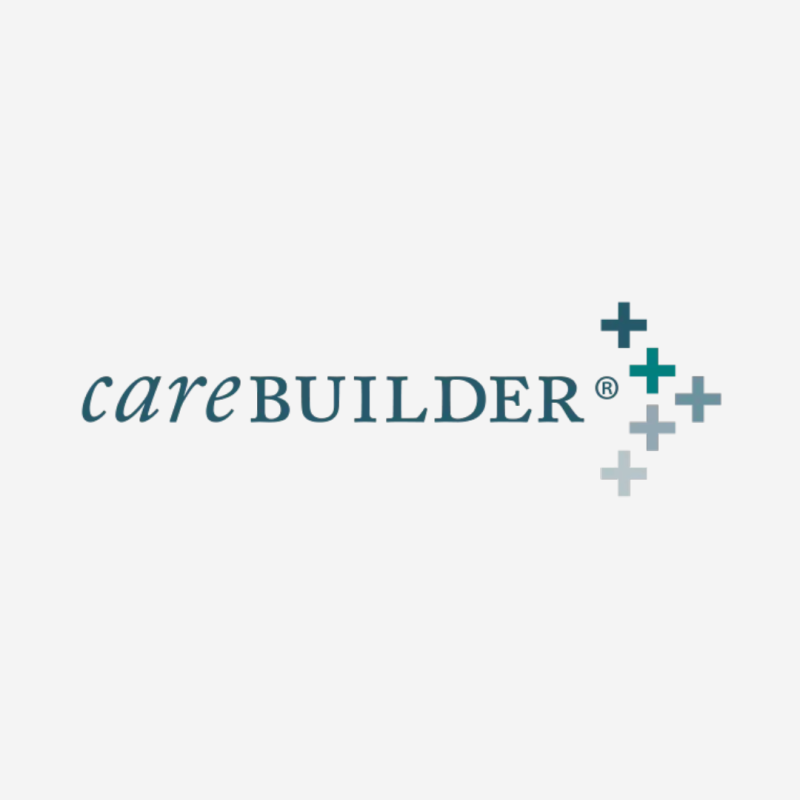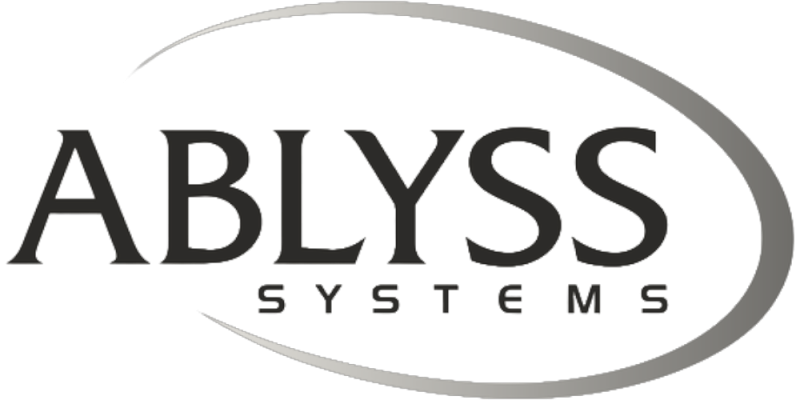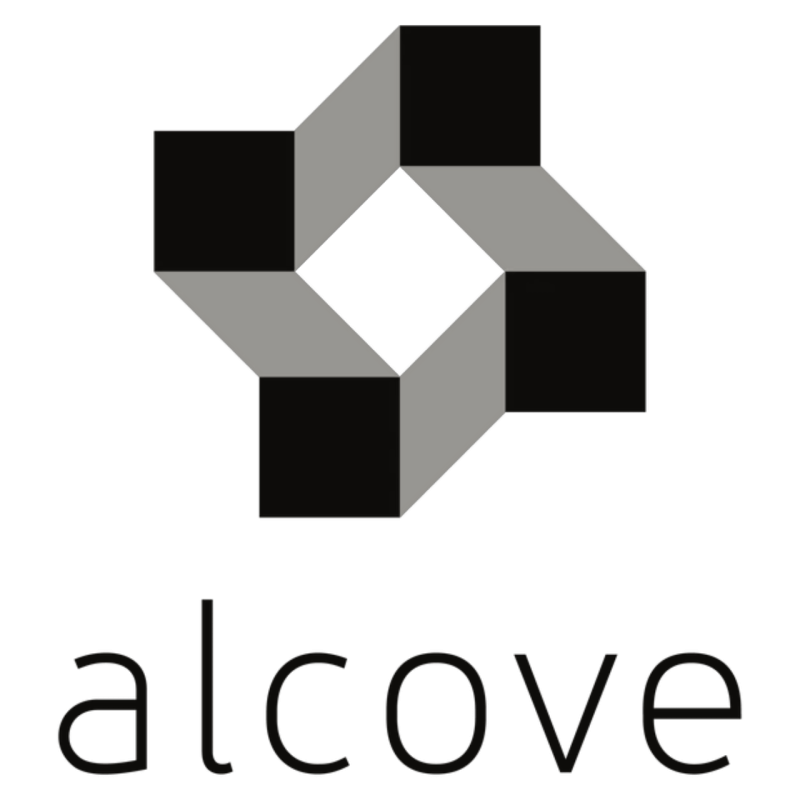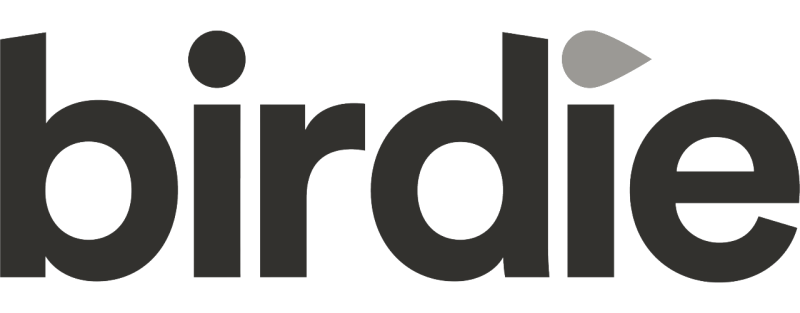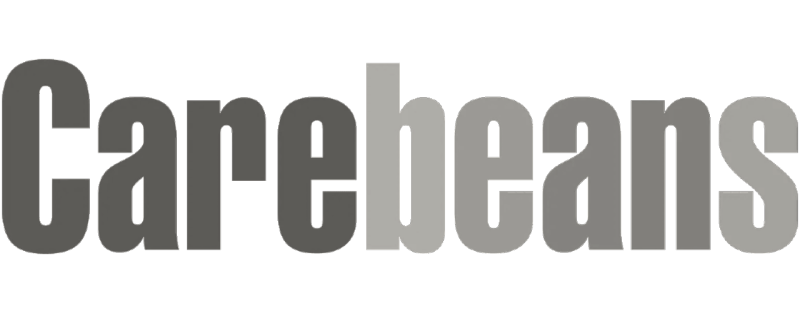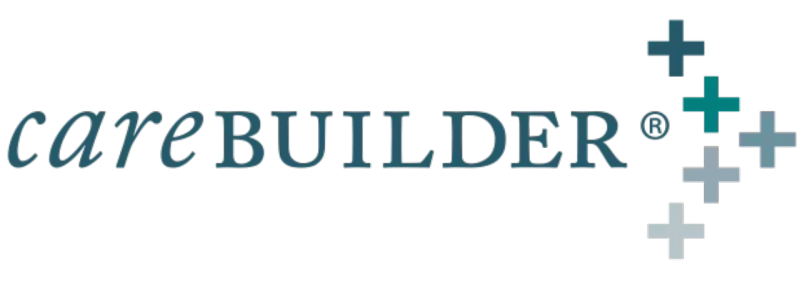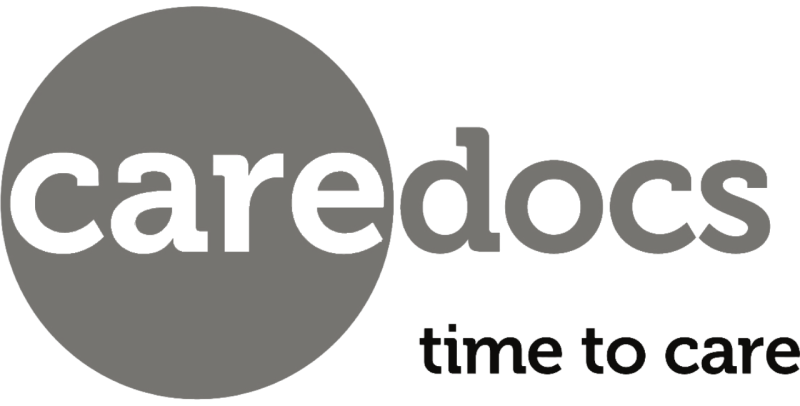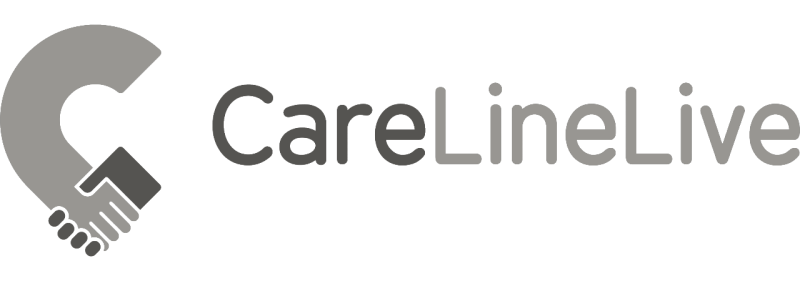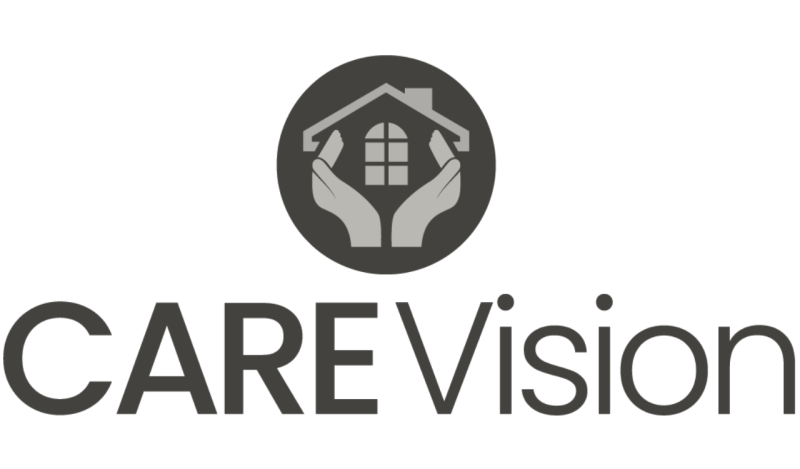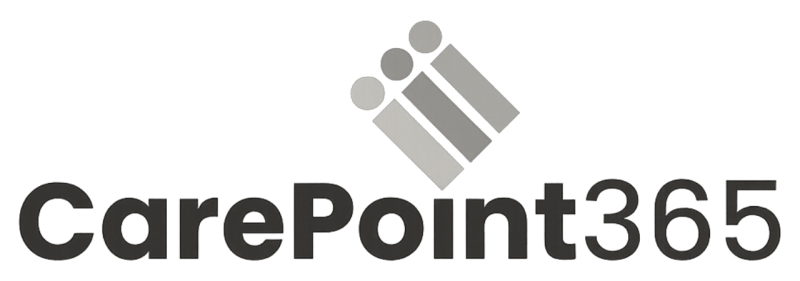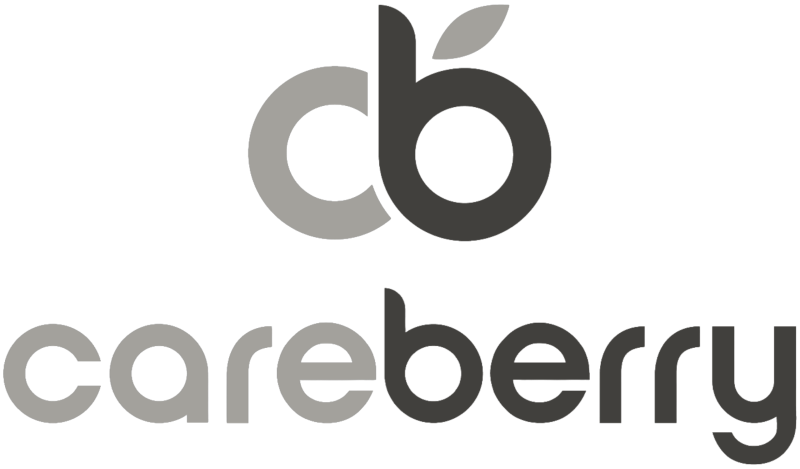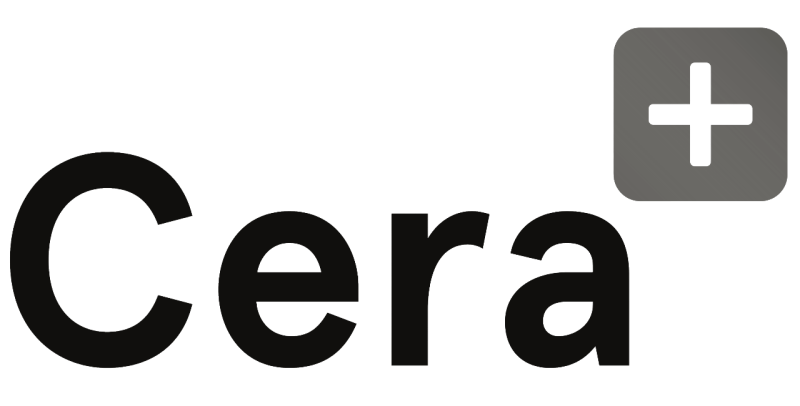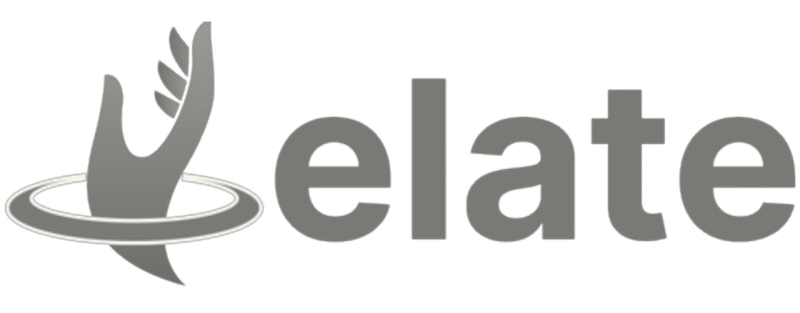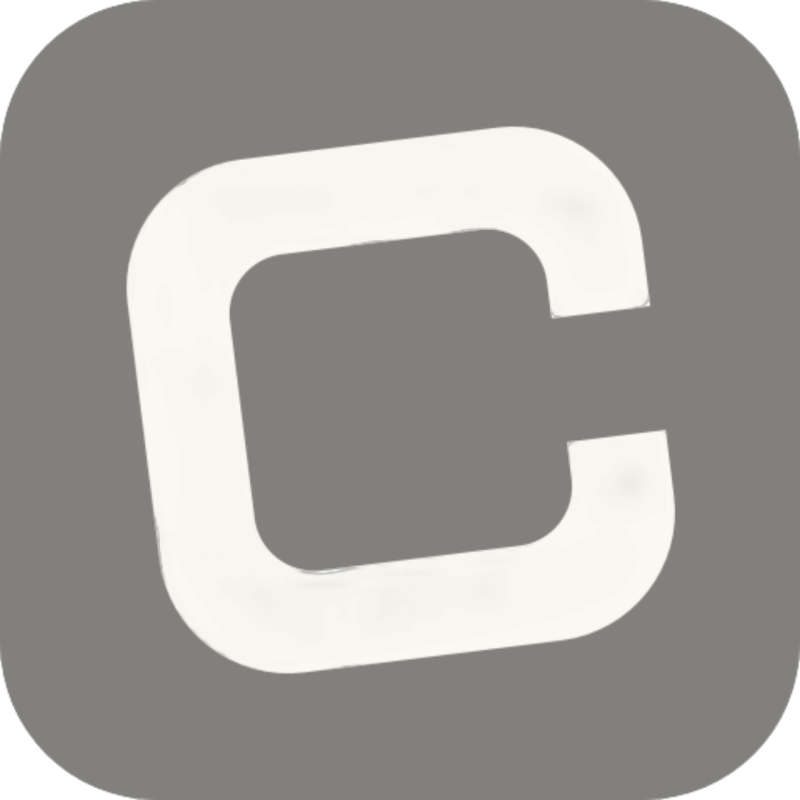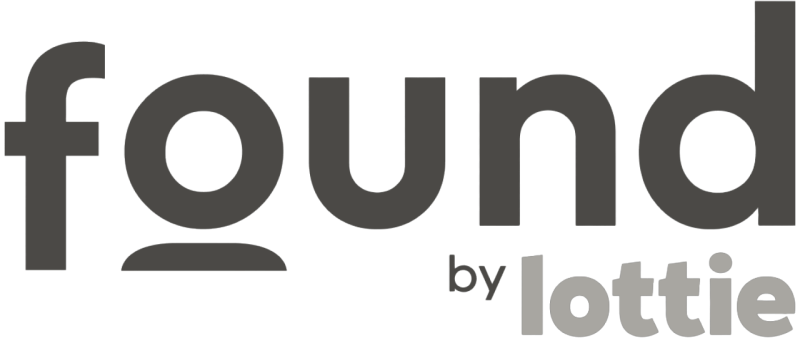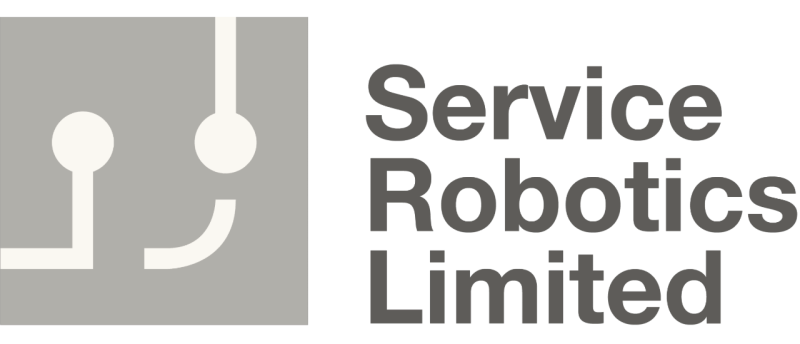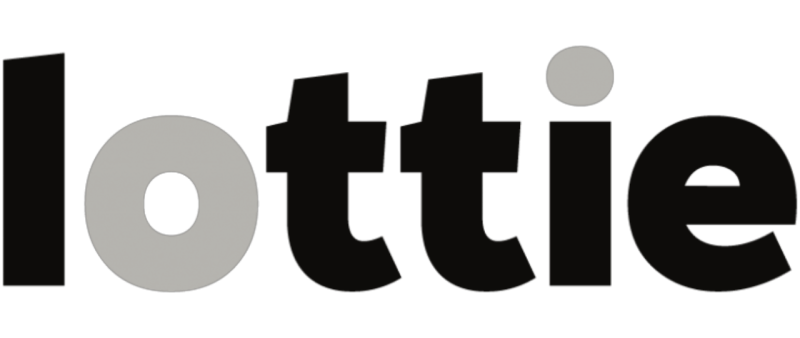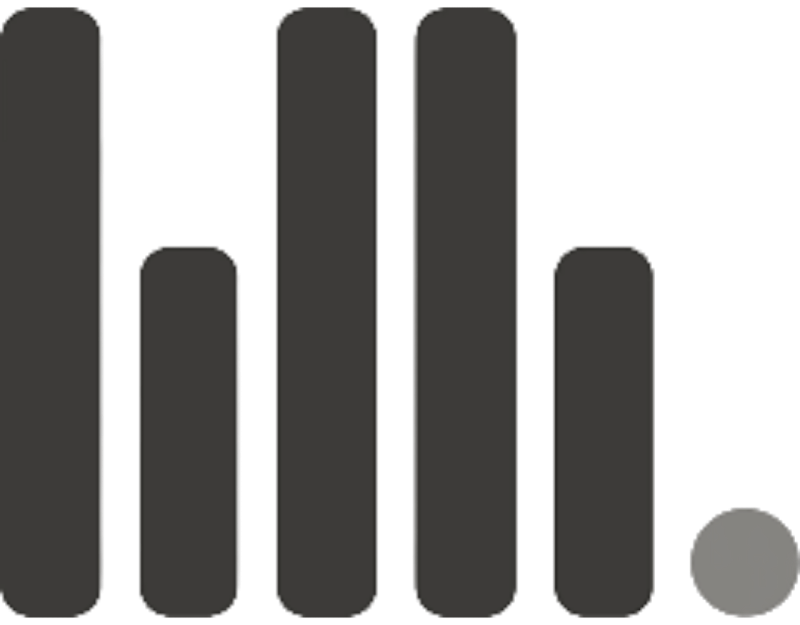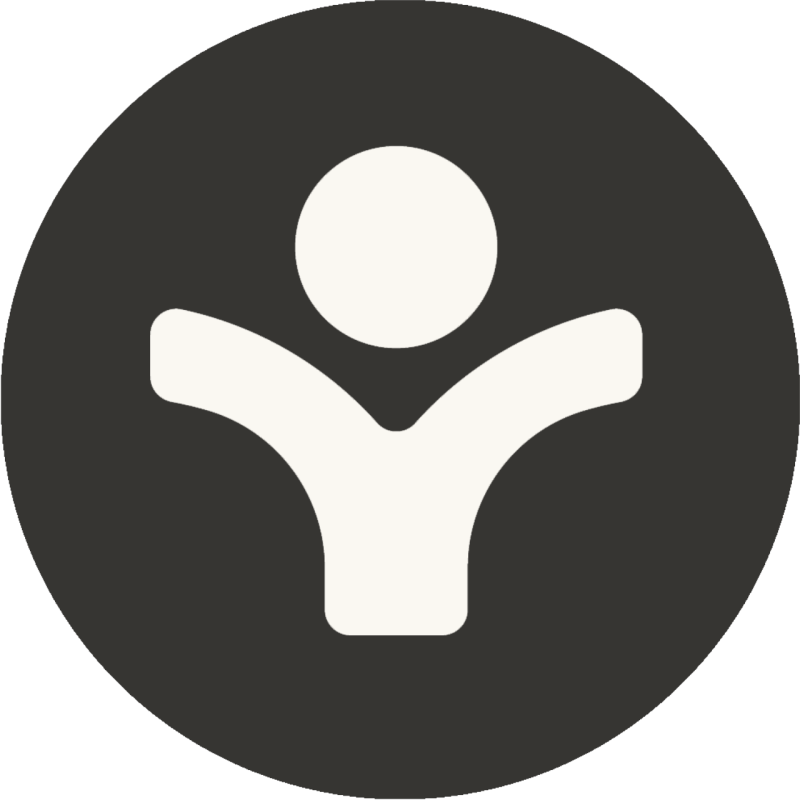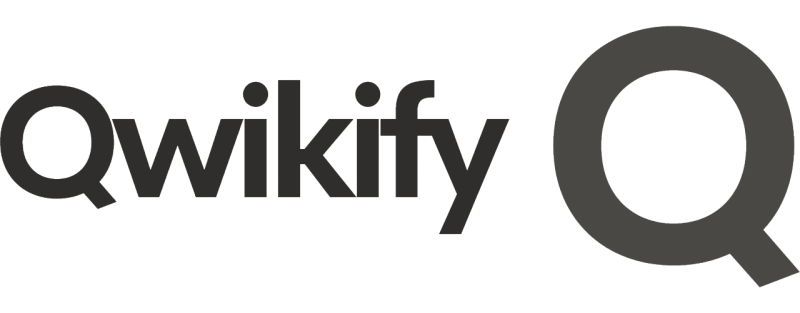Overview
Headquarters: Amsterdam, Netherlands
Categories: Care Matching; Screening, Monitoring & Telecare; Patient Communication Platform
Core Product: CareBuilder (cloud-based, person-centred care and connectivity platform)
Introduction
CareBuilder is a pioneering digital care platform that has been at the forefront of Technology Enabled Care (TEC) for more than two decades. Founded in the Netherlands and now active across Europe and the UK, CareBuilder has developed a person-centred approach that enhances independent living, safety, and quality of life for vulnerable individuals.
The platform integrates a wide range of tools — from IoT sensors and wearables to communication devices, home automation, and virtual care centres — into a single, adaptable system. Its mission is to empower users to live independently for longer, while ensuring carers, families, and communities remain connected and supported.
CareBuilder’s philosophy is guided by its “Circle of Five” (Schijf van Vijf) approach, which prioritises:
The independent client
Tools that support autonomy
The social network (family, friends, volunteers)
Remote-first care
On-site professional care as a last resort
This model reflects a shift away from paternalistic, provider-driven care towards a progressive, user-led model that emphasises autonomy, dignity, and proactive support.
User Feedback: Strengths and Weaknesses
Publicly available feedback for CareBuilder comes from case studies, user stories, and independent evaluations by organisations such as the Telecare Services Association (TSA). Overall, user sentiment is strongly positive, though some caveats are noted.
Positive Feedback
Independence and autonomy
Users and families consistently highlight the way CareBuilder enables individuals to live independently for longer. Features such as daily living reminders, medication prompts, and unobtrusive sensors provide reassurance without undermining autonomy.
Reduced social isolation
CareBuilder’s communication tools — including video calling, messaging, and digital hubs — help users stay connected to family, friends, and communities. Families report greater peace of mind knowing they can check in at any time.
Flexibility and adaptability
Providers value the platform’s modular design. CareBuilder can be deployed as a simple tablet-based hub or scaled up with a full suite of IoT devices, depending on user needs. This adaptability makes it suitable for diverse care settings.
Operational efficiency
Care organisations report improved visibility, accuracy, and efficiency. Automated triage, real-time monitoring, and AI-driven alerts reduce unnecessary interventions while ensuring timely responses.
Cost savings
Case studies (e.g., Glasgow Health and Social Care Partnership) demonstrate significant cost reductions, particularly in night-time care. By replacing constant overnight presence with responsive monitoring, providers achieved savings of up to £28,000 per person annually.
User-centred design
Testimonials emphasise the platform’s ease of use. The Home Hub tablet is described as accessible even for older users, with large icons, simple navigation, and personalised content such as family photos.
Support for carers
Carers benefit from the Caregiver App, which provides real-time data, alerts, and protocols. This preparation reduces stress and improves the quality of in-person visits.
Negative Feedback and Caveats
Learning curve for some users
While the Home Hub is designed to be simple, some older users initially struggle with digital tools. Providers recommend offering training and ongoing support.
Integration details
Although CareBuilder integrates with a wide range of devices and systems, prospective buyers are advised to confirm specific interoperability (e.g., with local EHRs or pharmacy systems).
Connectivity requirements
As a cloud-based platform, CareBuilder relies on stable internet connections. In rural or low-bandwidth areas, performance may be affected.
Customisation complexity
The platform’s flexibility can also be a challenge. Providers note that tailoring the system to individual needs requires careful planning and configuration.
Pricing transparency
CareBuilder does not publish standard pricing, instead offering tailored quotes. Some buyers find this makes cost comparisons more difficult.
In summary, user sentiment is strongly positive around independence, connectivity, and efficiency. The main caveats lie in training, integration scope, and connectivity requirements.
Products and Capabilities
CareBuilder Platform (Cloud SaaS + IoT)
CareBuilder’s platform is modular and adaptable, supporting a wide range of care operations. Key features include:
Home Hub: A touchscreen tablet that acts as the user’s personal digital assistant. Provides reminders, prompts, video calls, and access to personalised content.
Medication management: Prompts and reminders for medication, with AI verification via sensors.
Daily living support: Personalised prompts for activities of daily living (ADLs), such as eating, exercising, or attending appointments.
Unobtrusive sensors: Motion sensors, door alarms, and environmental monitors provide safety without intrusion.
Virtual Care Centre: A 24/7 monitoring hub that triages alerts, escalates issues, and ensures the right person responds at the right time.
Caregiver App: Provides carers with real-time data, alerts, and protocols, ensuring efficient and personalised visits.
Family and community connectivity: Video calling, messaging, and real-time updates keep families and communities engaged.
AI and analytics: Automated triage, pattern recognition, and predictive analytics support proactive interventions.
Flexibility: The system can be scaled from a single device to a full IoT ecosystem, depending on user needs.
Interoperability and Standards
CareBuilder is designed as an open, fully integrated platform. It supports interoperability with:
IoT devices (sensors, wearables, home automation)
Communication tools (video, messaging)
Care management systems (via APIs)
The platform complies with European data protection standards (GDPR) and is aligned with UK Technology Enabled Care (TEC) frameworks.
Market Position
CareBuilder operates internationally, with a strong presence in the Netherlands, the UK, and across Europe. It differentiates itself through:
Person-centred philosophy: Guided by the Circle of Five, prioritising independence and autonomy.
Comprehensive coverage: Combining care matching, telecare, monitoring, and communication in one platform.
Proven impact: Demonstrated cost savings, efficiency gains, and improved quality of life in case studies.
Flexibility: Suitable for diverse settings, from individual homes to large-scale community deployments.
Competitors include Tunstall, Doro Care, and Everon. CareBuilder positions itself as the open, adaptable alternative with a strong emphasis on independence and connectivity.
Implementation and Support
CareBuilder emphasises ease of installation and adaptability. The system can be deployed quickly, with minimal disruption. Providers highlight the hassle-free setup and the ability to scale or reconfigure as needs change.
Training and support are provided for users, families, and carers. Testimonials highlight CareBuilder’s collaborative approach, with ongoing updates and responsiveness to feedback.
Security and Data Protection
CareBuilder places strong emphasis on safeguarding sensitive information, maintaining full GDPR compliance and employing encryption alongside secure hosting to protect data at rest and in transit. Audit trails and access controls ensure accountability and restrict visibility to authorised users, while 24/7 monitoring and incident response provide continuous protection against potential threats. These measures create a robust security framework that supports both compliance and operational resilience.
During procurement, CareBuilder advises buyers to request detailed information on its certifications, encryption standards, and hosting arrangements. This transparency enables organisations to fully assess the platform’s security posture and make informed decisions about its suitability for their care management needs.
Conclusion
CareBuilder is a leading international provider of technology-enabled care solutions, offering a person-centred, adaptable platform that enhances independence, safety, and connectivity. Its strength lies in unifying monitoring, communication, and care coordination into one system, guided by a philosophy that prioritises autonomy and dignity.
User feedback consistently highlights independence, reduced isolation, and operational efficiency, while challenges include training, integration scope, and connectivity requirements.
For care providers, local authorities, and communities seeking a flexible, future-proof platform that empowers users and supports carers, CareBuilder represents a credible and innovative option. Its proven impact in reducing costs, improving outcomes, and enhancing quality of life positions it as a key player in the future of care.
References
CareBuilder Official Website – Smart Care Solutions https://www.carebuilder.com/
TSA – CareBuilder Intro & Overview https://www.tsa-voice.org.uk/downloads/lightboxes/care_builder/carebuilder_intro.___overview_vf.pdf
Issuu – CareBuilder Introduction & Overview 2025 https://issuu.com/carebuilder/docs/carebuilder_introduction_overview_2025
CareBuilder – User Stories https://www.carebuilder.com/user-stories
